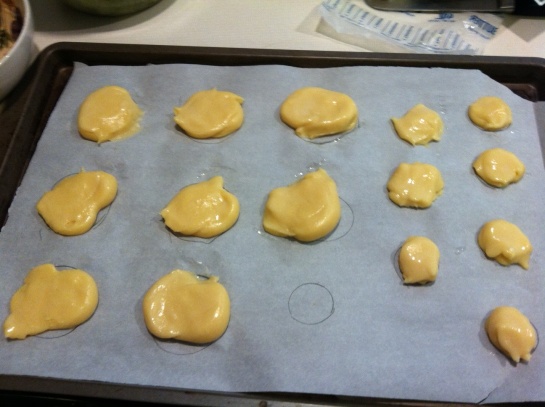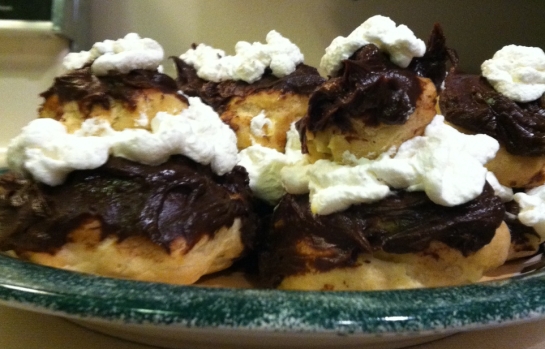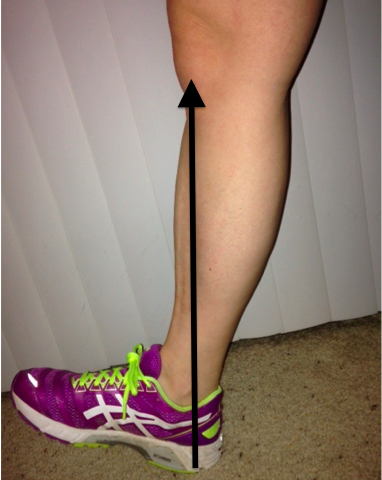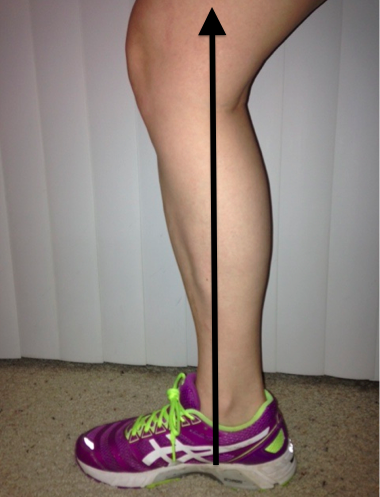Swim:
This coming weekend, I’ll be completing in the Masters Swimming Wisconsin State SCY Championships in Brown Deer, Wisconsin. This is not nearly as impressive at it sounds. When I was playing high school sports, the state championships were something you had to qualify for. It was a big honor just to go, let alone to win.
For Masters Swimming, all meets, including the state championships, take a more inclusive approach. You can even swim a limited number of events without qualifying at the National Championships if you’d like to. (You can swim more if you have qualifying times in them.)
This will be my third ever Masters Swim meet. The first one was this same competition last year, and the second was a very small local meet about a month ago:
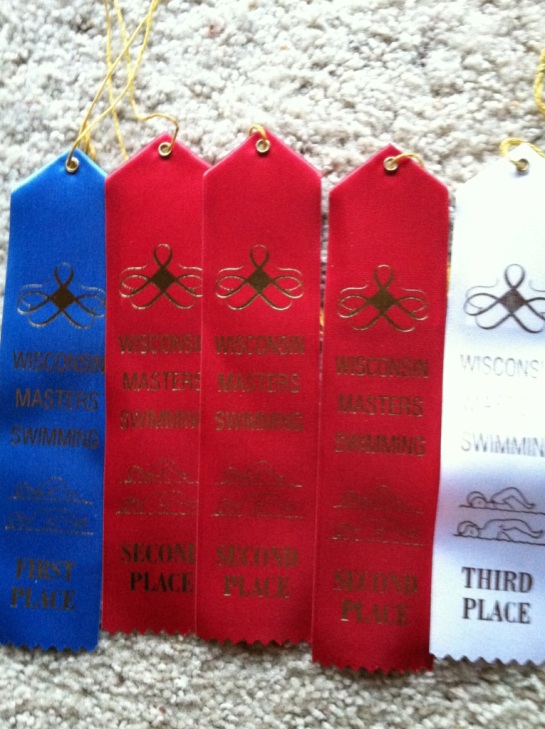
The benefit of swimming in a small meet is that there usually aren’t more than 3 people in your age group in any given event.
I was terrified before my first meet. I had only learned how to dive off the starting blocks two days before the event, and had only learned how to swim at all within the year prior. I hadn’t even done any triathlons at that point.
The atmosphere at Masters Swim meets, though, is ridiculously welcoming. There are athletes of all ages, shapes, sizes, situations, and abilities. The former college swimmers are apparent with their killer technique and bullet-like dives, and they have enough competition among each other to stay happy. The new swimmers are given the option of starting by diving off the side of the pool if the blocks are too scary, or even starting in the water and pushing off from the wall if they’d like. There was a blind swimmer at the state meet last year who had a friend tap him on the shoulder with a tennis ball on a stick when he was near the wall and it was time to turn.
I was afraid before my first meet that everyone would be watching me and if I messed up, everyone would see. The reality is that the only people who are really watching are your friends or family who happen to be there. There are 8 lanes of swimmers, and people might be interested in the competition, but the only reaction to finishing last is applause that you were out there trying in the first place.
This coming Saturday, I’m going to be swimming longer events than I ever have before. Part of this is because I’m just not competitive at the super fast sprints, part of it is to try something new, and part of it is because I miss racing the endurance aspect of my sports. Rehabbing my knee injury, I haven’t been able to run or bike long distances, so I might as well swim them.
I think every triathlete should try one swim meet. For everyone who has felt that panic in the beginning of a triathlon, with the waves and the elbows and the sudden inability to breathe, the starting blocks of a pool before a race are an experience worth having. It’s just as scary up on the blocks, but the anticipation doesn’t have such a chance to build, because before you know it the starting horn has gone off and there’s no time to think or panic, because you have to dive in already. It’s good practice for just going for it without dwelling on the scary, plus using those active recovery skills once you’re in the water.
Bike:
It’s now regularly in at least the 20s and 30s every day, with a few days in the 40s and glorious 50s. This means I’ve seen people riding their bikes again, and I am so ready to get back out there. Part of my physical therapy has been riding a stationary bike for 5 minutes at a time under my physical therapist’s supervision, and it’s been going well. She said that as soon as I get properly fitted to my bike, I can give it a try. I also have new aerobars and those amazing new wheels to install. I just need the time to get all this done!
Run:
I had a follow up running evaluation. I’ve been using a free metronome app called “Metronome” (real creative, guys) when I run to keep me at about 180 steps per minute. It works fairly well in the gym, aside from one annoying week when it kept flashing a bright light every beat that I couldn’t turn off, but when I run with it outside it seems to skip beats quite frequently, sort of negating the point. When I ran outside with Josh the other day, we wanted to be able to talk while running, so I didn’t plug headphones into my phone, just letting the metronome bonk out loud. We got some strange looks in the park, but whatever. I’m at the point right now where I don’t give a rip what anyone thinks about my knee rehab. I’m going to do what I have to do in order to get back out there.
I had also tried out an app called Cadence (not free) that analyzes the music in your library and arranges it according to bpm. It’s a great idea, but I don’t think it works all that well. The beats didn’t seem to match up to my metronome and were off enough that I felt knee pain when running to them. I haven’t used it much for those reasons.
Anyway, along with my growing ability to run at 180 bpm, the running evaluation PT said that although my stride is definitely better, and pretty darn good on my right leg, in slo-mo it’s apparent that I’m limping when I’m running. I’m tensing up my left leg (the injured knee) in my body’s attempt to brace myself for the impact. Unfortunately, this has the reverse effect of making the impact worse. This is because the tensed up leg keeps my knee straight instead of bent, putting the force of impact onto the joint. He said this should go away with time as I keep healing, but in the meantime to be conscious of it and try to land with a bent knee, hitting the ground with at least the flat of my foot and possibly even the ball of the foot.
I’ve also been given one-legged squats to do, twice as many on my left side as on my right side.
I’m up to 3 minutes running/2 minutes walking x4, and it feels pretty great. I often feel like I could just keep running without the walk breaks in between, but the risk of re-injury is too scary for me to try. This week I plan to increase to 3:30/1:30, and once I get to the full 20 minutes running with no or minimal knee pain (or pain during running that goes away after running is also apparently okay), I can start increasing speed (I’m currently plugging away at a slow 10 minute mile pace) and distance. Both of my physical therapists (my regular one and the running expert) said that my goal of 8 minute miles after swimming and biking “should be no problem.”
I’m still nervous that the first race is in early June and I still can’t run a 5k, but I’m hopeful that the cardio base from swimming and the strength base from strength training and PT will be enough to get me on the podium.




